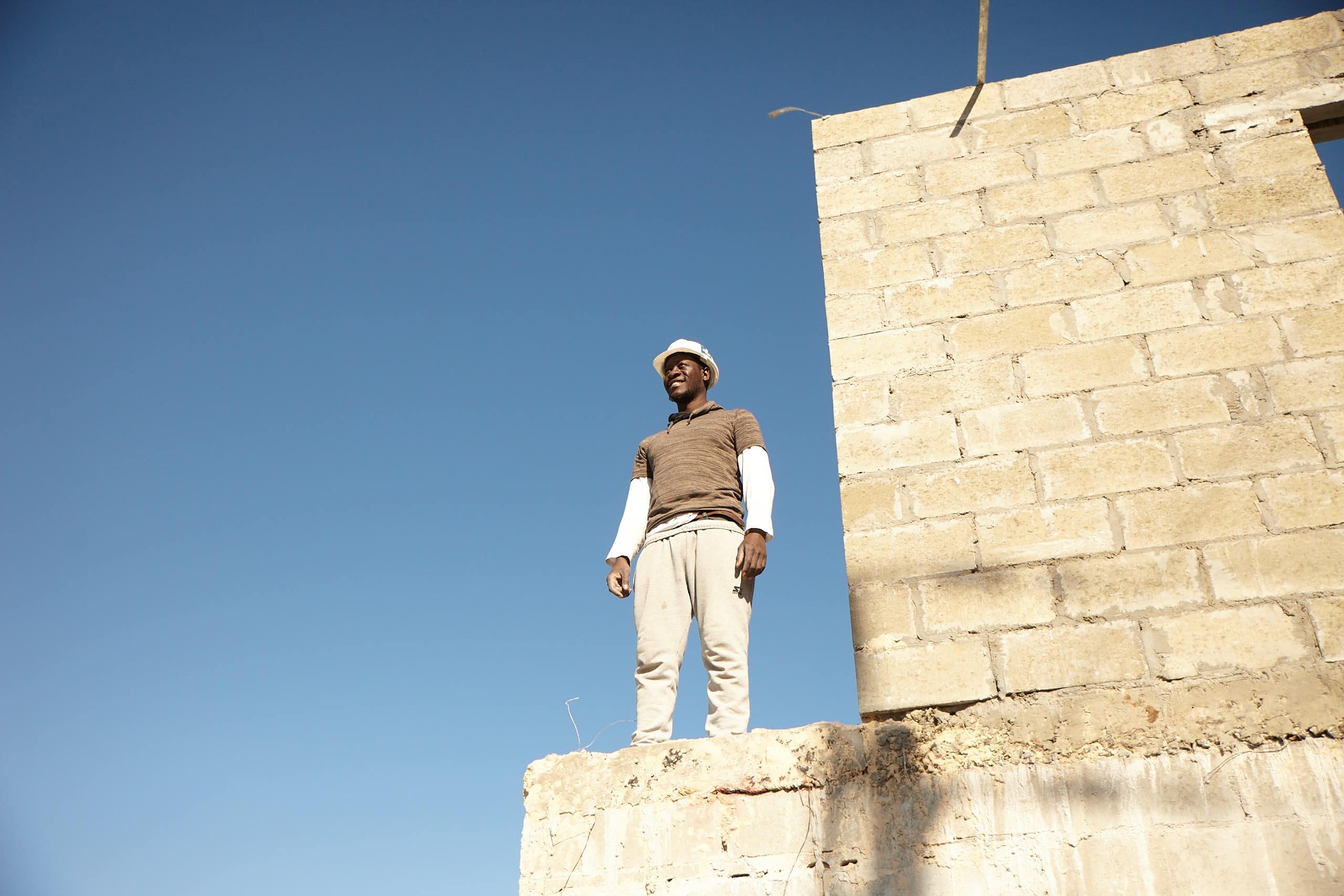Between August 2014 and December 2014, the Uganda Institute of Banking and Financial Services (UIBFS) led a project to embed the Bank of Uganda’s (BOU) Financial Consumer Protection Guidelines (FCPG) in the day-to-day operations of the 31 Supervised Financial Institutions (SFI) in Uganda.
The project aimed to increase the capacity of Ugandan training firms and SFI Human Resource teams beyond a critical minimum threshold to enable the delivery of financial consumer protection (FCP) training to SFIs in Uganda on a lasting basis. This would then lead to long-term implementation of the FCPGs in all branches of SFIs to consumers across Uganda.
To support this process, Financial Sector Deepening Africa (FSDA) competitively procured UIBFS for £105,000 to lead a consortium of five FCP-enabled Ugandan training firms (Corporate Concepts, Demis, Komunda Investments Ltd, Sonamoney and UIBFS).
In total, 12 FCP qualified Ugandan trainers used bespoke FCPg materials to train 1,038 staff at 575 branches of 31 SFIs in all regions of Uganda. A total of 1,004 (96.7%) participants were awarded certificates for successful completion of the course. The training was delivered on time, reached 86.5% of the intended 1,200 participants, and was highly rated by SFI staff participants, SFI Human Resource Managers and BOU.
Significantly, a review in February 2015 (three months after the delivery of the training) indicated initial, positive signs of market-system change. For example, all five participating training firms intend to provide an FCP training module on a commercial basis as a result of this project. A total of 4 of the 12 surveyed SFIs indicated they plan to pay for the outsourcing of FCP training to local Uganda training providers. Finally, BOU expressed confidence that supervisory and public pressure would increase the demand for FCP training among SFIs into the future.
Looking beyond Uganda, this project has thePtrong>potential to provide a model for replication in other sub-Saharan African (SSA) countries. It demonstrates how donor-funded market facilitators (GIZ & FSDA) can build on new Central Bank FCP regulations by putting in place the critical building blocks for the development of a local FCP training market.
Looking towards next steps, a repeat evaluation is planned for December 2015 to determine whether lasting market-system change is likely to be achieved. In the meantime, FSDA is working with BOU, GIZ and a Ugandan communications firm to deliver a public awareness raising campaign around financial consumer protection. The aim is to increase demand for high quality SFI customer service, which will likely lead to increased demand by SFIs for FCP training. FSDA will also work with GIZ and BOU to disseminate lessons learned across SSA and identify opportunities for enhanced supervision to catalyse the development of the training market in Uganda. Finally, the cversion of learning materials into an e-learning module is also under discussion.
According to GIZ Uganda: “the FCP training programme has been a shining example of what a committed regulator can achieve in the financial inclusion space. Working with like-minded development partners such as FSDA and local implementers such as UIBFS, this project has developed and implemented a carefully designed, sustainable approach to the long-term mainstreaming FCP within the Ugandan financial sector. FSDA’s support has been invaluable as a catalyst to scale-up and ensure the project has lasting outcomes.Without FSDA building on progress made by BOU and GIZ, the necessary momentum to support Uganda’s financial sector to deliver better financial services to consumers in a fairer and more transparent way may not have been ach


